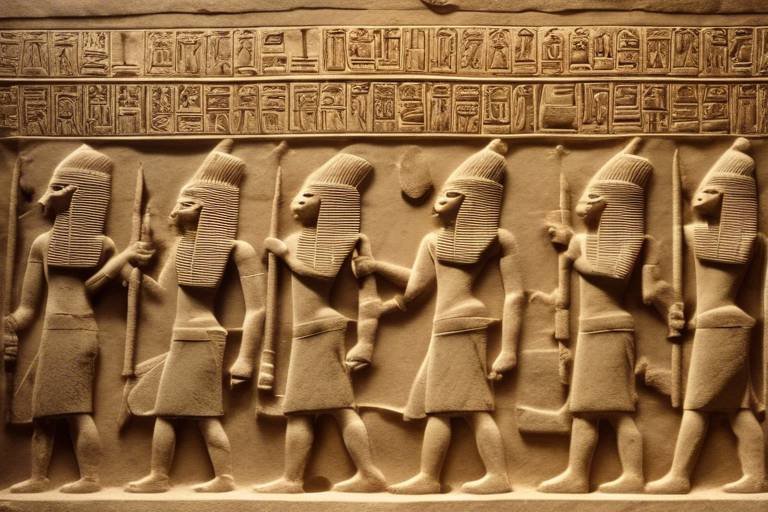The Impact of Climate Change on Ancient Civilizations
Climate change has been a powerful force throughout history, shaping the destinies of ancient civilizations in ways both subtle and profound. From the lush jungles of Mesoamerica to the arid plains of Mesopotamia, environmental shifts have played a pivotal role in the rise and fall of societies that once thrived in harmony with their surroundings. The impact of climate change on ancient civilizations is a fascinating journey through time, revealing how human ingenuity and resilience were tested by the unpredictable forces of nature.

Mayan Civilization Collapse
The collapse of the Mayan civilization stands as a stark reminder of how vulnerable ancient societies were to the whims of climate change. Once a thriving civilization in Mesoamerica, the Mayans faced a gradual decline that culminated in the abandonment of their cities. Prolonged droughts and erratic weather patterns played a significant role in this downfall, disrupting agricultural practices and leading to food shortages. Without the necessary resources to sustain their population, the once-great Mayan civilization succumbed to the pressures of a changing climate.
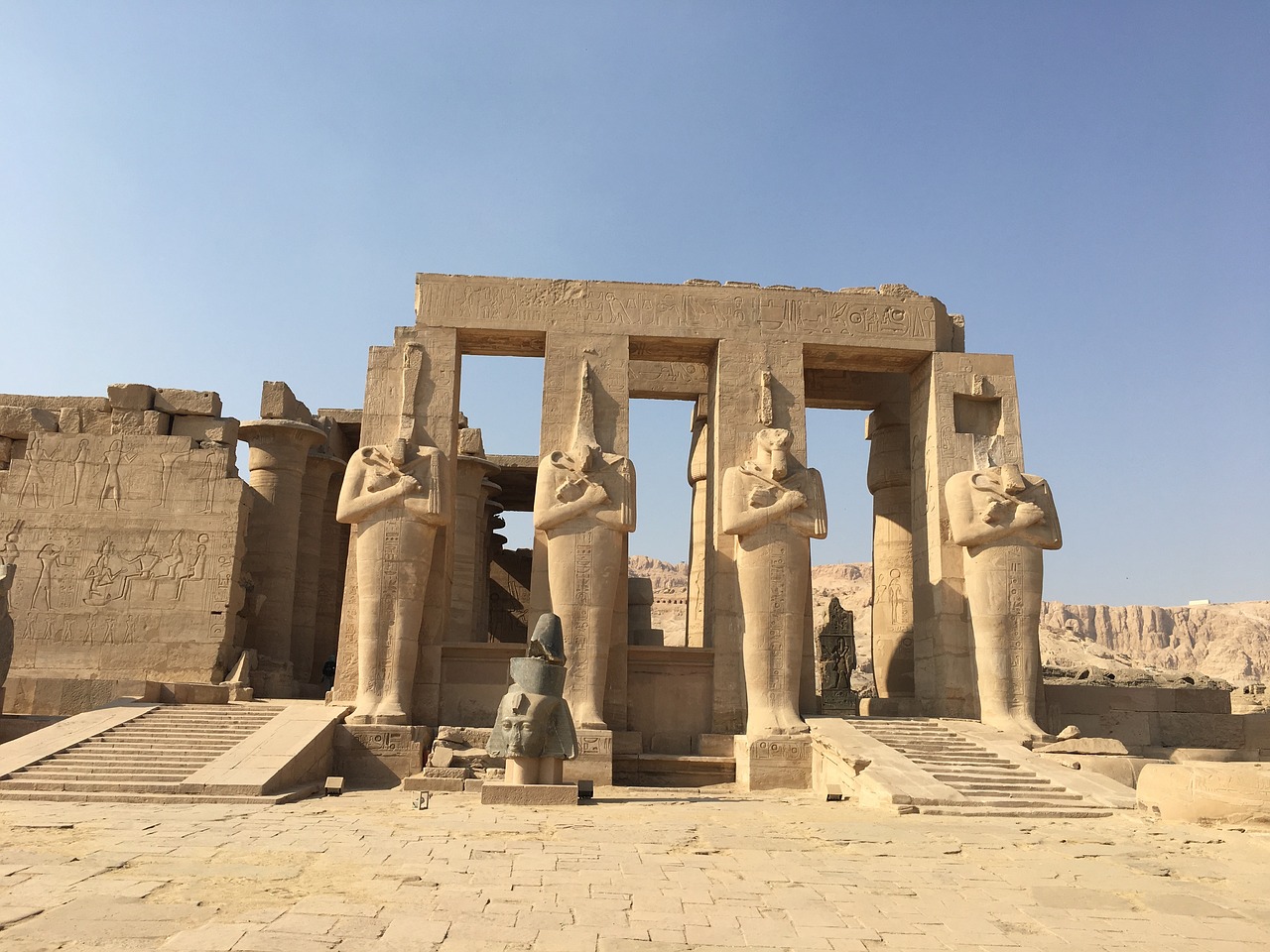
Egyptian Nile River Adaptation
When it comes to ancient civilizations, few can rival the ingenuity and resilience of the Egyptians along the Nile River. The annual flooding of the Nile was not just a natural phenomenon to them; it was the lifeblood of their civilization. Imagine a vast, arid landscape suddenly transformed into a fertile oasis, teeming with life and abundance. The Egyptians understood the ebb and flow of the river like no other, harnessing its power to cultivate crops and sustain their society.
Picture the scene: farmers working the rich, dark soil deposited by the receding waters, planting seeds with precision timing to ensure a bountiful harvest. The Nile not only provided water for irrigation but also brought nutrient-rich silt that replenished the land year after year. This symbiotic relationship between the river and the people allowed the Egyptians to flourish in an otherwise harsh environment.
Moreover, the Egyptians were masters of water management, constructing an intricate network of canals, dikes, and reservoirs to control the flow of the Nile and distribute water efficiently. They knew that proper irrigation was key to maximizing agricultural output and mitigating the impact of fluctuating water levels. This foresight and engineering prowess enabled them to thrive for millennia, weathering the challenges of varying climate conditions.
One cannot overlook the significance of the Nile in shaping Egyptian culture and society. The river was not just a source of sustenance but also a symbol of rebirth and renewal. The annual flooding was seen as a divine gift from the gods, bringing life and prosperity to the land. This spiritual connection to the Nile permeated every aspect of Egyptian life, from religious ceremonies to artistic expressions.
In essence, the adaptation of the ancient Egyptians to the rhythms of the Nile River exemplifies the harmonious coexistence between human civilization and the natural world. Their ability to harness the power of the river and adapt to its fluctuations stands as a testament to their resilience and resourcefulness in the face of environmental challenges.
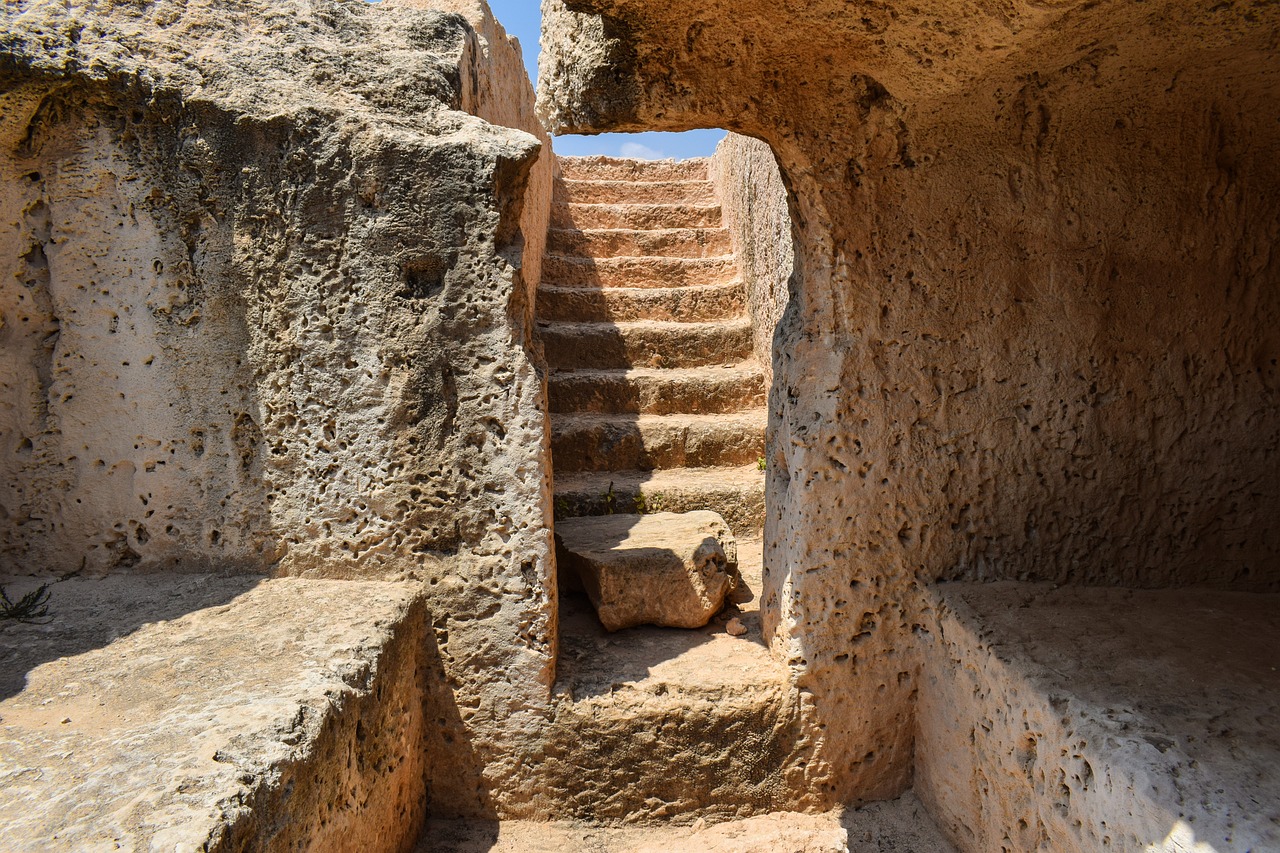
Indus Valley Civilization Decline
The decline of the Indus Valley Civilization, one of the most advanced ancient societies, is a topic of great intrigue and scholarly debate. This sophisticated urban civilization, flourishing around 2600-1900 BCE in present-day Pakistan and northwest India, faced various challenges that potentially contributed to its eventual decline.
One significant factor believed to have played a role in the decline of the Indus Valley Civilization is the shift in monsoon patterns. The reliance of the civilization on the Indus River for agriculture and trade made it particularly vulnerable to fluctuations in rainfall. Changes in monsoon intensity and timing could have disrupted agricultural cycles, leading to food shortages and economic strain.
Moreover, alterations in river dynamics, including shifts in the courses of rivers like the Indus, could have posed challenges to the infrastructure and sustainability of urban centers within the civilization. The intricate network of planned cities and sophisticated drainage systems may have struggled to adapt to environmental changes, impacting the overall functioning of the society.
Environmental degradation, possibly exacerbated by human activities such as deforestation and overexploitation of resources, might have also contributed to the decline of the Indus Valley Civilization. Soil erosion, salinization of arable land, and depletion of natural resources could have undermined the agricultural productivity and ecological balance essential for the civilization's prosperity.
In response to these challenges, the inhabitants of the Indus Valley Civilization may have faced difficult decisions regarding resource management, urban planning, and social organization. The ability of the society to adapt and innovate in the face of environmental pressures could have determined its resilience and longevity.
While the exact reasons for the decline of the Indus Valley Civilization remain a subject of ongoing research and speculation, the study of climate change and environmental factors offers valuable insights into the complexities of ancient societies and the delicate balance between human civilization and the natural world.
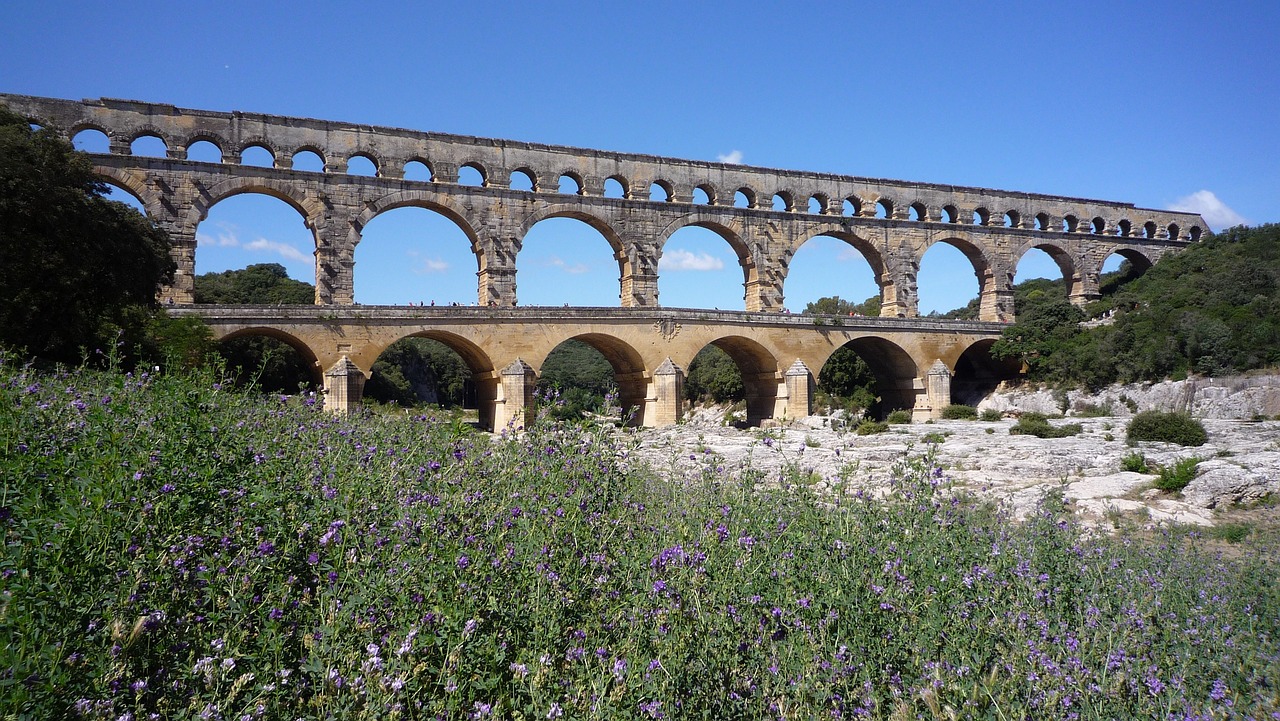
Roman Empire and Climate Shifts
The Roman Empire, known for its grandeur and power, faced significant challenges due to climate shifts that impacted its vast territories. The empire, sprawling across diverse regions, encountered a range of environmental stressors that tested its resilience and stability. Extreme weather events, such as droughts and floods, posed threats to agricultural productivity, essential for sustaining the empire's population and supporting its economy. The reliance on efficient transportation networks, including trade routes crucial for the empire's prosperity, made the Romans vulnerable to disruptions caused by climatic fluctuations.
Moreover, social cohesion within the Roman Empire faced strain as communities grappled with the consequences of climate shifts. The ability to provide food security and stability in the face of environmental challenges became a pressing concern for Roman leaders. The intricate balance between resource management, societal needs, and environmental conditions became increasingly precarious as climate variability tested the empire's ability to adapt and endure.
As the Roman Empire navigated through periods of climatic instability, the interconnectedness of environmental factors with political, economic, and social dynamics became evident. The empire's capacity to respond effectively to climate shifts determined its capacity to maintain order, sustain agricultural production, and ensure the well-being of its populace. The lessons learned from the Roman experience with climate change underscore the importance of holistic approaches to environmental management and the need for adaptive strategies in the face of unpredictable weather patterns.
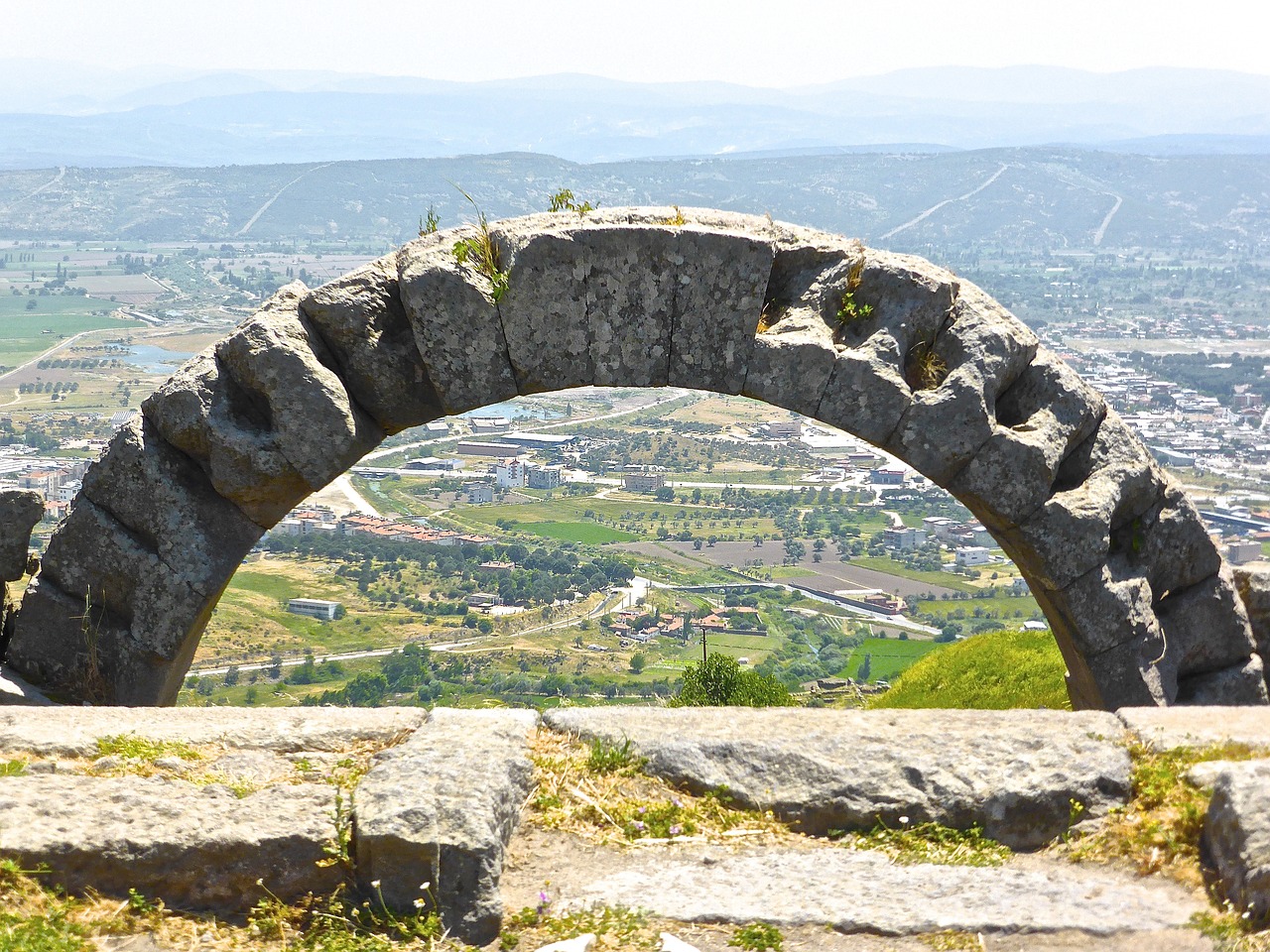
Ancestral Puebloans and Drought
When exploring the challenges faced by ancestral Puebloan societies in the southwestern United States, the impact of prolonged droughts emerges as a prominent factor in shaping their way of life. These ancient communities, known for their impressive cliff dwellings and intricate pottery, developed innovative strategies to cope with the arid environment and unpredictable water sources.
Amidst the harsh conditions of the desert landscape, the Ancestral Puebloans demonstrated remarkable resilience by constructing elaborate water management systems. These systems, including canals and reservoirs, allowed them to capture and store precious rainwater for agricultural use, enabling the cultivation of crops even during dry periods.
Furthermore, the Ancestral Puebloans exhibited adaptability by diversifying their food sources and utilizing a combination of farming, hunting, and gathering to sustain their settlements. By embracing a flexible approach to resource management, they were able to mitigate the impact of droughts on their communities and ensure their survival in a challenging environment.
As the climate continued to fluctuate, some ancestral Puebloan groups made the strategic decision to relocate their settlements to more favorable locations with access to water sources. This migration process, while disruptive, exemplified their ability to adapt to changing environmental conditions and prioritize the well-being of their communities.
In essence, the story of the Ancestral Puebloans and their resilience in the face of drought serves as a testament to the ingenuity and determination of ancient societies confronted with environmental challenges. By studying their strategies and innovations, we gain valuable insights into how human communities can confront and overcome adversity in a changing world.

Viking Settlements in Greenland
Viking settlements in Greenland provide a fascinating glimpse into how ancient societies navigated the challenges of climate change. The sustainability of these settlements was intricately tied to environmental factors, particularly cooling temperatures and shifting weather patterns. As the Vikings established their presence in Greenland, they encountered a delicate balance between resource availability and the harsh realities of a changing climate.
One of the key aspects that defined the resilience of Viking settlements in Greenland was their adaptability in the face of environmental shifts. From building sturdy structures to developing innovative agricultural practices, the Vikings demonstrated a remarkable ability to adjust to the challenges posed by their surroundings. Their survival depended not only on their skills as seafarers and warriors but also on their capacity to evolve in response to the changing world around them.
The interconnectedness of climate change with societal sustainability is evident in the struggles faced by the Vikings in Greenland. As temperatures dropped and weather patterns became unpredictable, the once-thriving settlements grappled with the need to secure food sources, maintain trade networks, and protect their communities from the harsh elements. The resilience of the Vikings in the face of such challenges underscores the complex relationship between human civilization and the natural environment.

Ancient Mesopotamian Civilization and Water Scarcity
Ancient Mesopotamian civilizations, including the Sumerians and Babylonians, faced significant challenges due to water scarcity and desertification in the region. The fertile lands between the Tigris and Euphrates rivers provided the foundation for these advanced societies, but also posed environmental threats. The civilizations relied heavily on irrigation systems to support agriculture, using canals and dikes to control the flow of water for crop cultivation. Innovations such as the wheel and the plow were developed to maximize the efficiency of farming practices in response to the arid climate and fluctuating water levels.
The Mesopotamians recognized the critical importance of water management in sustaining their cities and supporting population growth. They constructed elaborate networks of canals and reservoirs to store and distribute water for irrigation, enabling the cultivation of crops like barley, wheat, and dates. The surplus food production resulting from these agricultural advancements allowed for the development of complex urban centers, trade routes, and specialized labor divisions within society.
Despite their ingenuity in harnessing water resources, the Mesopotamian civilizations faced recurring challenges from unpredictable flooding, salinization of soil due to excessive irrigation, and competition for limited water supplies. The need for sustainable water management practices became increasingly urgent as population pressures grew and environmental conditions fluctuated. The civilizations implemented strict laws and regulations governing water usage, with penalties for those who violated irrigation agreements or damaged communal infrastructure.
Water scarcity ultimately played a significant role in the eventual decline of Mesopotamian societies, as prolonged droughts and diminishing agricultural productivity weakened the stability of urban centers. The collapse of the Sumerian and Babylonian civilizations serves as a cautionary tale of the interconnectedness between environmental conditions, resource management, and societal resilience. The legacy of their water management strategies continues to inform modern approaches to sustainable agriculture and urban development in arid regions around the world.
Frequently Asked Questions
- What impact did climate change have on ancient civilizations?
Climate change had significant effects on ancient civilizations, ranging from drought-induced collapses to innovative adaptation strategies.
- How did prolonged droughts contribute to the decline of the Mayan civilization?
Prolonged droughts and changing weather patterns disrupted agricultural practices, leading to societal collapse and the abandonment of Mayan cities.
- What were the adaptive strategies of the ancient Egyptians along the Nile River?
The ancient Egyptians thrived by harnessing the annual flooding of the Nile River, implementing innovative agricultural practices and water management systems.
- What role did climate change play in the decline of the Indus Valley Civilization?
Climate change, including shifts in monsoon patterns and river dynamics, potentially contributed to the decline of the sophisticated urban Indus Valley Civilization.
- How did climate change impact the Roman Empire?
Extreme weather events and environmental stressors posed challenges to agriculture, trade routes, and social stability within the Roman Empire.
- How did ancestral Puebloans cope with prolonged droughts?
Ancestral Puebloans adapted to droughts by building water management systems and relocating settlements to ensure survival during resource scarcity.
- What influenced the sustainability of Viking settlements in Greenland?
Cooling temperatures and shifting weather patterns influenced the sustainability of Viking settlements in Greenland, highlighting the impact of climate change on societal resilience.
- What challenges did ancient Mesopotamian civilizations face due to water scarcity?
Ancient Mesopotamian civilizations, such as the Sumerians and Babylonians, tackled water scarcity and desertification through irrigation systems and agricultural innovations.











